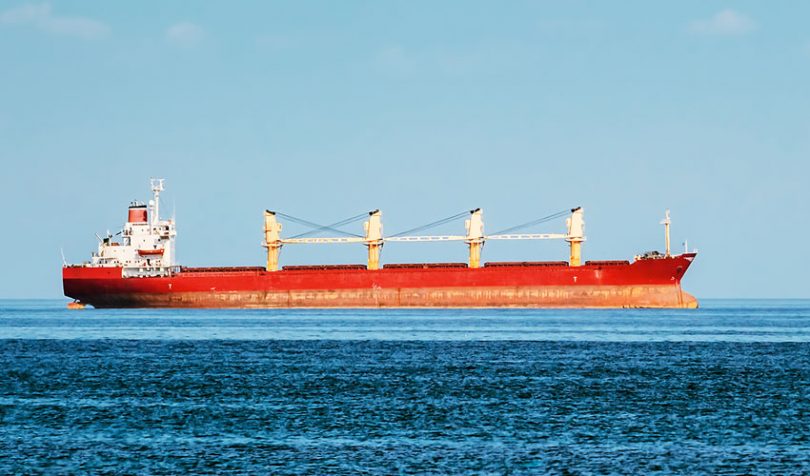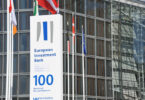Fonterra, one of the world’s leading dairy processors, completed its first blockchain trade transaction. It used Wave‘s platform for an electronic bill of lading (eBL) and other documents in order for HSBC to issue a Letter of Credit (LC). The shipment involved the export of milk powder from New Zealand to Sichuan New Hope Trading in China.
A bill of lading, the document provided to exporters when goods are loaded onto a ship, represents the ownership of the cargo contents. It will eventually be passed on to the buyer, who will use it to get the cargo released when the ship arrives.
For the seller, there’s a risk that the buyer won’t pay. So it often goes through the process of acquiring a Letter of Credit from a bank. The exporter’s bank makes the payment on presentation of the bill of lading and fulfilling other requirements.
The regular paperwork process presents multiple opportunities for fraud and can take weeks from beginning to end. The use of blockchain and paperless documentation diminishes the scope for misconduct and significantly speeds up the process. That’s in part because of the use of electronic signatures and the fact that it’s hard to manipulate data on blockchains. The eBL itself is transferred peer to peer, with the representation of it stored on the blockchain.
Fonterra’s transaction involved issuing the eBL, adding additional trade documents, and presenting a digital trade ‘envelope’ to HSBC New Zealand. The bank verified the documents and forwarded them to HSBC China (representing the buyer), which sent the documentation to the importer. Sichuan New Hope Trading gave the bill of lading to the carrier, which released Fonterra’s cargo. The documentation part of the process took less than 24 hours which Fonterra said was a reduction of more than 10 days.
Fonterra registers thousands of LCs per year. The company expects that digitizing trade documents will reduce costs, the risk of human errors, document loss, forgery and delays.
Clyde Fletcher of the Fonterra Trade Documentation Centre explained the amount of work involved in the transaction. There were seven parties, the importer, exporter, two banks, Maersk the shipper, the destination port agent and Wave BL.
“Before the pilot could begin, all seven parties needed to agree to use blockchain to facilitate a full end-to-end paperless Letter of Credit (LC) transaction, with each having to consider the security, legal and functional challenges,” said Fletcher. “Overall, the pilot with Sichuan New Hope Trading took approximately nine months to set-up. With the transaction a success, Fonterra would like to continue working towards full digitization of BOLs, but there are steps to be worked through with all parties involved before that can happen. “
Israeli Wave was perhaps the first organization to introduce blockchain-based bills of lading. It has also collaborated in a blockchain-based Bills of Lading project with Zim, the largest container shipping company in Israel. The pilot initiated in November of 2017 expanded to a project that remains active. More recently, Israel’s state-owned body supervising and regulating Israel’s seaports, Israel Ports Company, launched blockchain pilots for bills of lading with Zim, which also has partnerships with TradeLens and Sparx Logistics.
Meanwhile, blockchain solutions for bills of lading have expanded their scope in 2020. In the last couple of months, Slovenia-based blockchain firm CargoX started digitizing bills of lading and other trade documents for Indian port operations, and Alibaba joined the International Port Community Systems Association’s blockchain bill of lading standards initiative. Enterprise blockchain firm R3 recently acquired Singapore’s E-Title Authority, which has an eBL solution.
Update: Comments from Fonterra were added.






